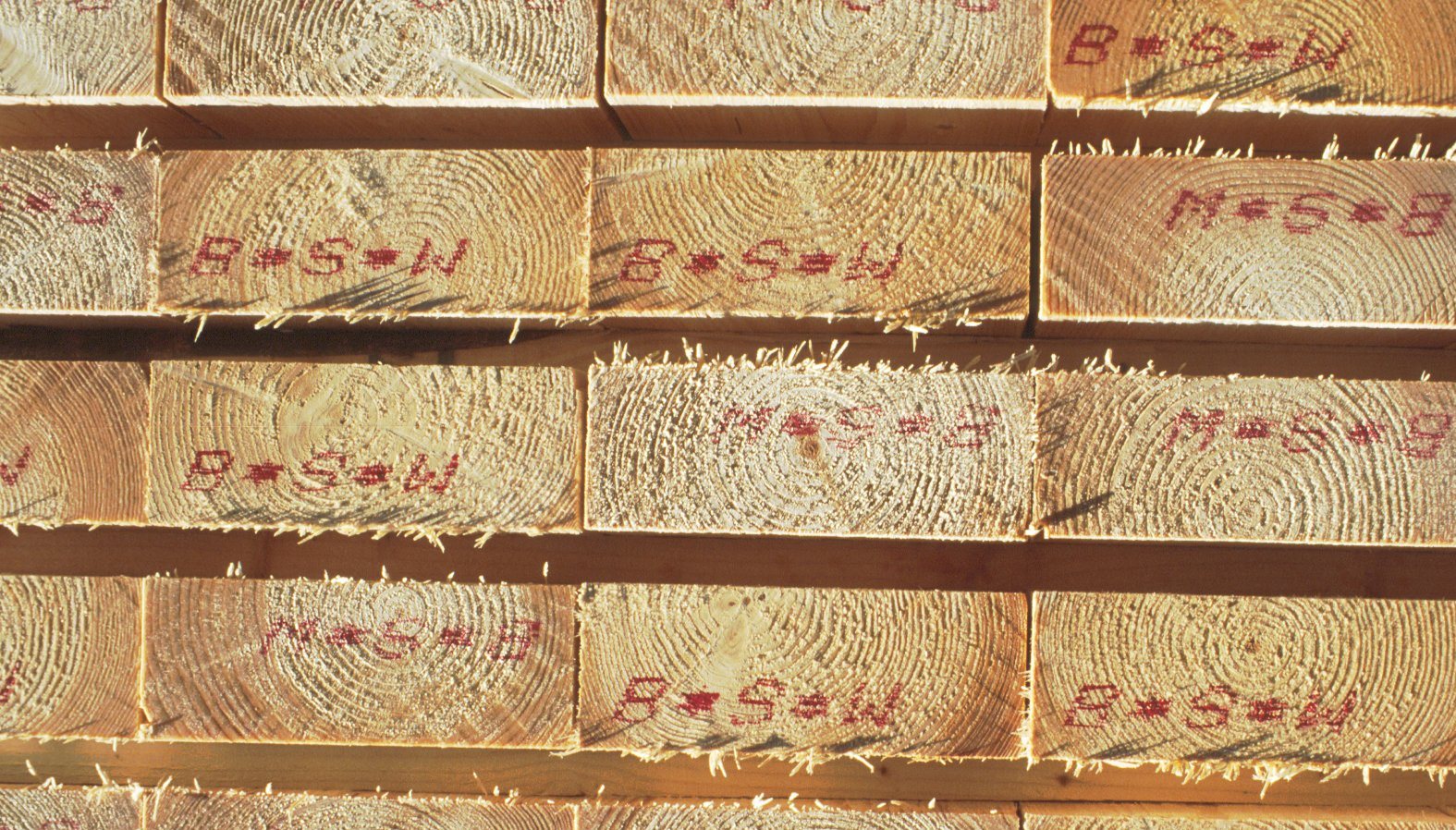
1. This instruction sets out the requirements to be followed when producing sawn wood products from trees harvested in accordance with Statutory Plant Health Notices (SPHNs) served under the Plant Health (Forestry) Order 2005.
2. They are considered necessary to minimise the risk of transmission of Ramorum disease of larch trees, caused by the water mould organism Phytophthora ramorum. They are kept under review and may be subject to amendment from time to time. The version published here shall be the authoritative version.
3. For the purpose of this instruction, three categories of sawn wood are described:
4. The following sections set out the requirements for residual bark (bark left on the wood after sawing). For this purpose residual bark does not include the vascular cambium, in-grown bark around knots, or bark pockets between rings of annual growth: there is no requirement to remove any of this material.
5. All sawn wood which has not been heat treated or kiln dried shall be bark-free. It will not, however, be necessary to achieve this through square sawing, and there shall be no limit on the amount of wane which may be present.
6. Heat treatment is the process whereby wood is subjected to a specific time-temperature schedule which achieves a minimum temperature of 56 degrees centigrade for a minimum duration of 30 continuous minutes throughout the entire profile of the wood. Many heat treatment facilities have been accredited under Forestry Commission procedures for the purpose of producing wood packaging material, or components thereof, in compliance with ISPM (International Standard for Phytosanitary Measures) No. 15: “Regulation of wood packaging material in international trade”. These facilities have been approved to mark their products accordingly.
7. Sawn wood which has been heat treated in accordance with this specification may retain any number of visually separate and clearly distinct small pieces of bark if they are:
8. Each piece of sawn wood which has been heat treated and which retains any residual bark shall be marked “HT”. Heat-treated sawn wood which is totally bark-free need not be marked.
9. Operators of heat treatment facilities which have not been approved by the Forestry Commission under ISPM No. 15 procedures shall need to satisfy the commission’s cross-border Plant Health Service that their facilities can achieve the heat treatment specification set out in paragraphs 6 and 7 above before being authorised to apply an “HT” mark.
10. Kiln drying is the process whereby wood is dried in a closed chamber using heat and/or humidity control to achieve a moisture content of below 20 per cent expressed as a percentage of dry matter.
11. Sawn wood which has been kiln dried in accordance with this specification may retain any amount of bark.
12. Each piece of sawn wood which has been kiln dried and which retains any residual bark shall be marked “KD” or “kiln dried”. Kiln-dried sawn wood which is totally bark-free need not be marked.
13. Wood preservatives are formulated to provide protection against a range of insects and wood-rotting fungi. Although the principal preservatives currently in use in the UK might not have been tested specifically for efficacy against P. ramorum, the information provided by the preservative manufacturers suggests that the risk of transfer of infection is low, especially in the case of formulations containing copper-based compounds with wide-spectrum toxicity.
14. Timber obtained from P. ramorum-infected sites may be utilised in bark-free or kiln-dried or heat-treated round or sawn sections. Alternatively, and especially when fencing products are being produced, timber should be treated with a wood preservative applied by an impregnation process which involves pressure and/or vacuum cycles. Some processes might also involve elevated temperatures. Where timber is to be used in ground-contact situations, the preservative should comply with BS8417 and BS EN 335, Part 1, Use Class 4.
15. Further advice is available from the Forestry Commission’s Plant Health Forestry team.